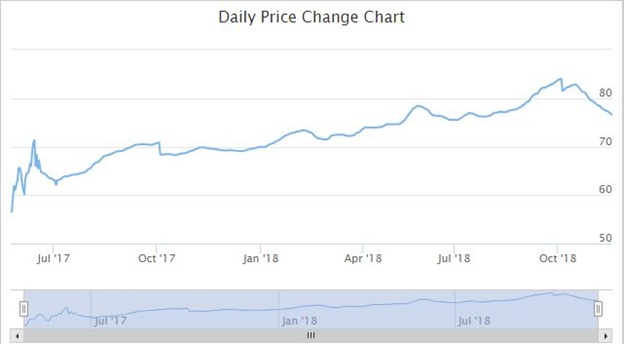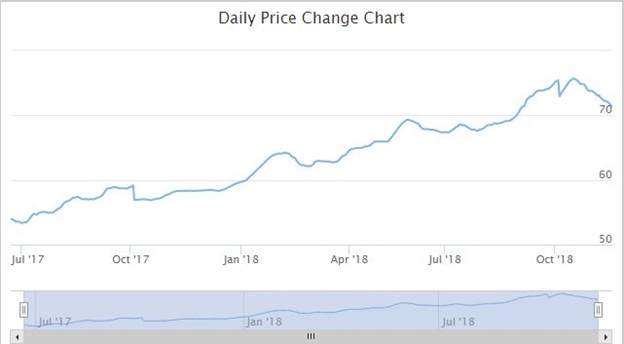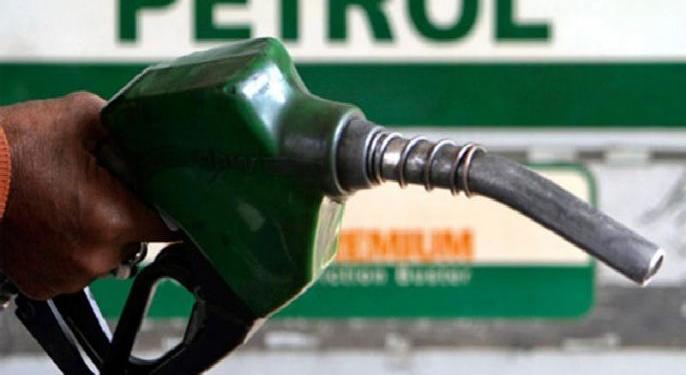Indian media is well known for sensationalising issues. To attract more eyeballs, media organisations exaggerate everything and make sensational headlines. The print medium is relatively better but few websites and almost all the television channels are more of Ekta Kapoor serials than being platforms for sensible coverage and informative reporting. The left-liberal media establishment collaborates with the opposition, mainly Congress which has nurtured and nourished it since the days of state monopoly over media, and spreads ruckus. The state monopoly over media ended in last the few decades but the subservience of left-liberal media to Congress remains the same. The people in the media still pursue fear and rumor-mongering on the direction of their political masters.

The petrol and diesel prices in the country are at the lowest mark in last three months. There have been thirty straight reductions in the fuel prices till today. Almost 7-9 rupee/litre decline has been witnessed in cities across the country since the month of October, when the prices rose to maxima. Petrol was priced at 83.73 rupees/litre in Delhi on October 1 while today it is priced at 76.38 rupees, registering a decline of 7.35 rupees since last month. Diesel was priced at 75.09 rupees on October 1 and currently it has declined to 71.27 rupees in the national capital. The current prices of petrol are the lowest in last three months; the prices are all set to be back to the level of August this year, while diesel prices will hit the 2 months low.

The rise in petroleum prices in mid-August to last week of September was due to the rise in crude oil prices in international markets. Central government had cut the taxes on petrol and diesel by 2.50 rupees per litre on October 4 in order to provide some relief to the common citizens. Many BJP-ruled states like Maharashtra went on to cut the prices by the same amount to provide further relief to people of the state. However, governments and experts understand that the oil prices domestically are subject to crude oil prices in international markets and therefore, the real relief came after the prices started to decline in the international markets. In the last 40 days, global crude oil prices moved southward and declined by almost 25 percent. The decline in price was due to a surprise US move to grant exemptions to 8 countries including India over oil imports from Iran. The rise in US inventories due to growth in shale oil production also resulted in softening the crude oil prices in international markets.
The media sensationalised the issue of price hike and hyped it out of proportion. The worst thing was that there were no reports on how the global factors contribute to the price rise in domestic markets and which the government has no control of. The disdain of Lutyens’ media towards the Modi government is very much visible from the overall reporting on the oil price issue. The short-sighted and ideologically polarised anchors and journalists, particularly, in English media reported the rise in petrol prices in a way as if the macroeconomic condition of the country had deteriorated to an unimaginable extent and the biggest problem that the people faced was the rise in petrol prices. Indian media exaggerates every issue and the TV shows lack mature content. The Prime Time shows on TV give a sense that the world will fall apart on just the other day. The media needs to behave more responsibly and should have the national interest in the top of their priority list.































